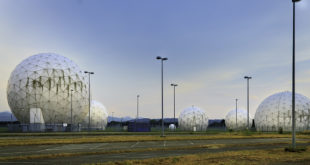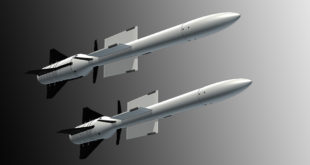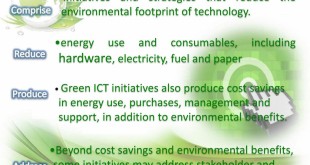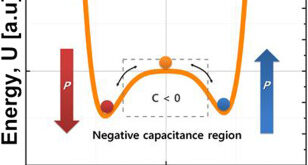A laser is a device that emits a beam of coherent light through an optical amplification process. Laser propulsion is any method of propelling a spacecraft that uses the energy of laser beams. There are two main types of laser propulsion, depending on whether the laser is onboard or …
Read More »Dedicated launcher technology race for LEO microsatellites clusters
Global interest in nano and microsatellites (< 100kg) is increasing. The miniaturization of electronics, together with reliability and performance increase as well as reduction of cost, have allowed the use of commercials-off-the-shelf in the space industry, fostering the Smallsat use. Many nanosatellites (<10 kg) are used for educational purposes, and …
Read More »Solar power during Nights
Increasing energy demand, environmental issues and limited availability of fossil fuels are demanding the research on sustainable and renewable energy resources. The sun is ultimate source to accomplish clean energy demand and photovoltaics, also known as solar PV, have been growing exponentially to harness it. Solar radiation often called …
Read More »US Military, the world’s largest polluter is implementing energy security strategy reducing future resource risk and increasing mission assurance
In the domain of defense, energy has the potential to be both an enabler of hard power but also, via denial, arguably itself to be a weapon of war. Energy enables nearly everything the military does, and the primary objective is mission assurance and decisive advantage on the battlefield. Energy security …
Read More »Green Energetic Materials and Munitions technologies with enhanced environmental and occupational safety
Energetic materials and munitions are used across DoD in mission critical applications such as rockets, missiles, ammunition, and pyrotechnic devices. In these applications, energetic materials and munitions must perform as designed to ensure success in both training and combat operations. In these applications, energetic materials and munitions must perform …
Read More »Divert Attitude Control System (DACS) enable targetting highly maneuvering hypersonic missiles
Missiles are guided weapons designed to deliver a destructive payload to a target. They can be launched from various platforms, including aircraft, ships, and ground-based launchers. Some missiles are designed to hit stationary targets, while others are intended to engage moving targets, such as aircraft or cruise missiles. One …
Read More »Green ICT Technologies reduce e-waste, are sustainably produced, lasts longer, wastes less energy, and used efficiently
ICT equipment at the basic level comprises of software and supporting hardware necessary for sensing, storing (and retrieving), processing, transmitting, receiving and securing digital information. Information and Communication Technology has enabled the transformation to information based society by overcoming the barriers imposed by time, distance, location and constraints inherent in …
Read More »3D printing Scramjet engines
3D printing or additive manufacturing is ongoing revolution in manufacturing with its potential to fabricate any complex object and is being utilized from aerospace components to human organs, textiles, metals, buildings and even food. Additive manufacturing is defined by ASTM International as the process of joining materials together, layer by …
Read More »Hybrid-Electric Propulsion technologies for Commercial and Military Aircrafts
While electric propulsion is more efficient, but it generates far less thrust, which is why electric planes tend to be slow. Airbus’ two-seat electric plane could only go a maximum speed of about 136 miles per hour. A solar-powered plane that completed an around-the-world journey this summer had an average …
Read More »Negative capacitance for low power transistors to efficient super capacitors
As we increasingly rely on computers for daily tasks, the energy needed to run these systems is becoming substantial. The total amount of energy the U.S. dedicates to computing has risen dramatically over the last decade and is quickly approaching that of other major sectors, like transportation. Studies show that the …
Read More » International Defense Security & Technology Your trusted Source for News, Research and Analysis
International Defense Security & Technology Your trusted Source for News, Research and Analysis






